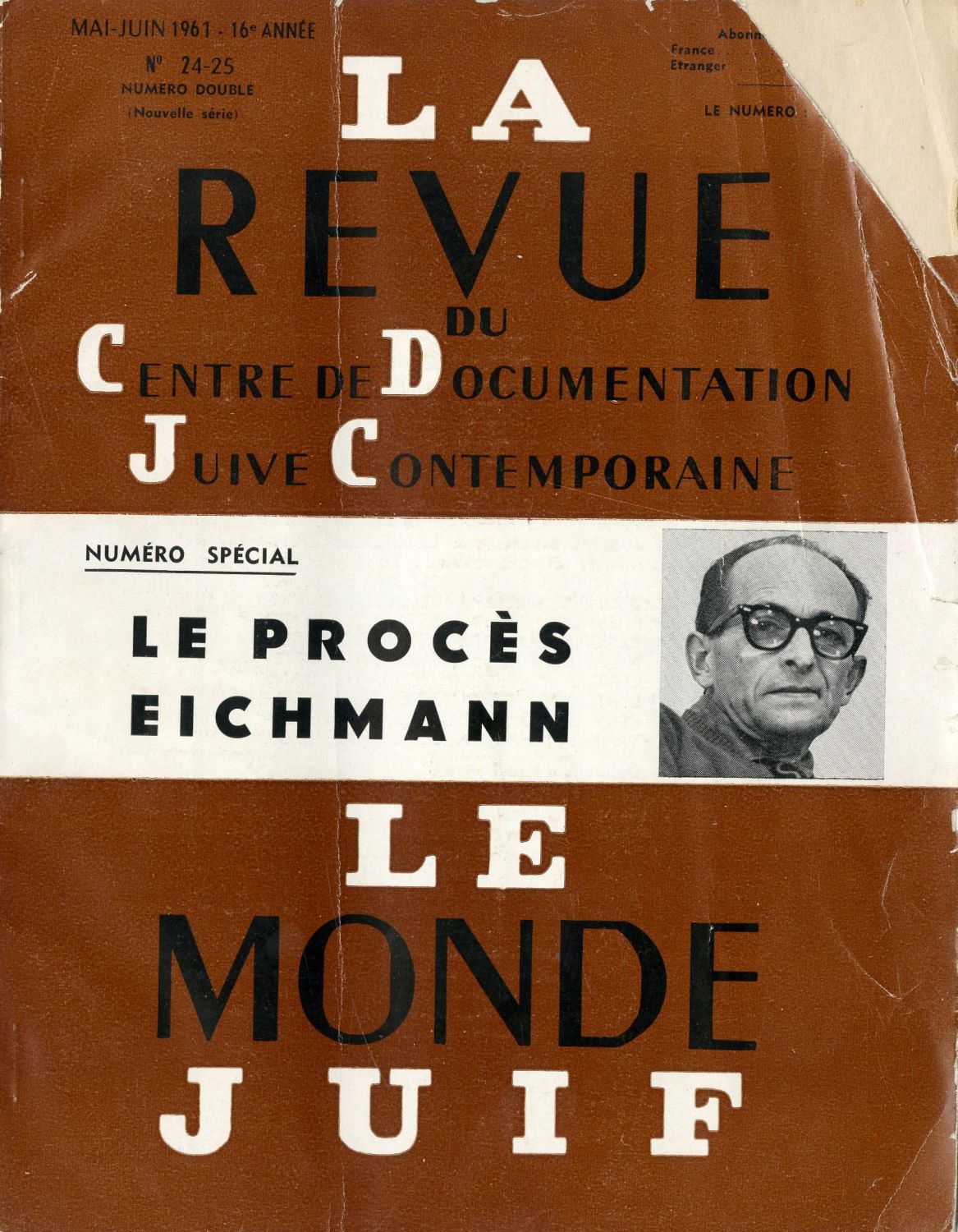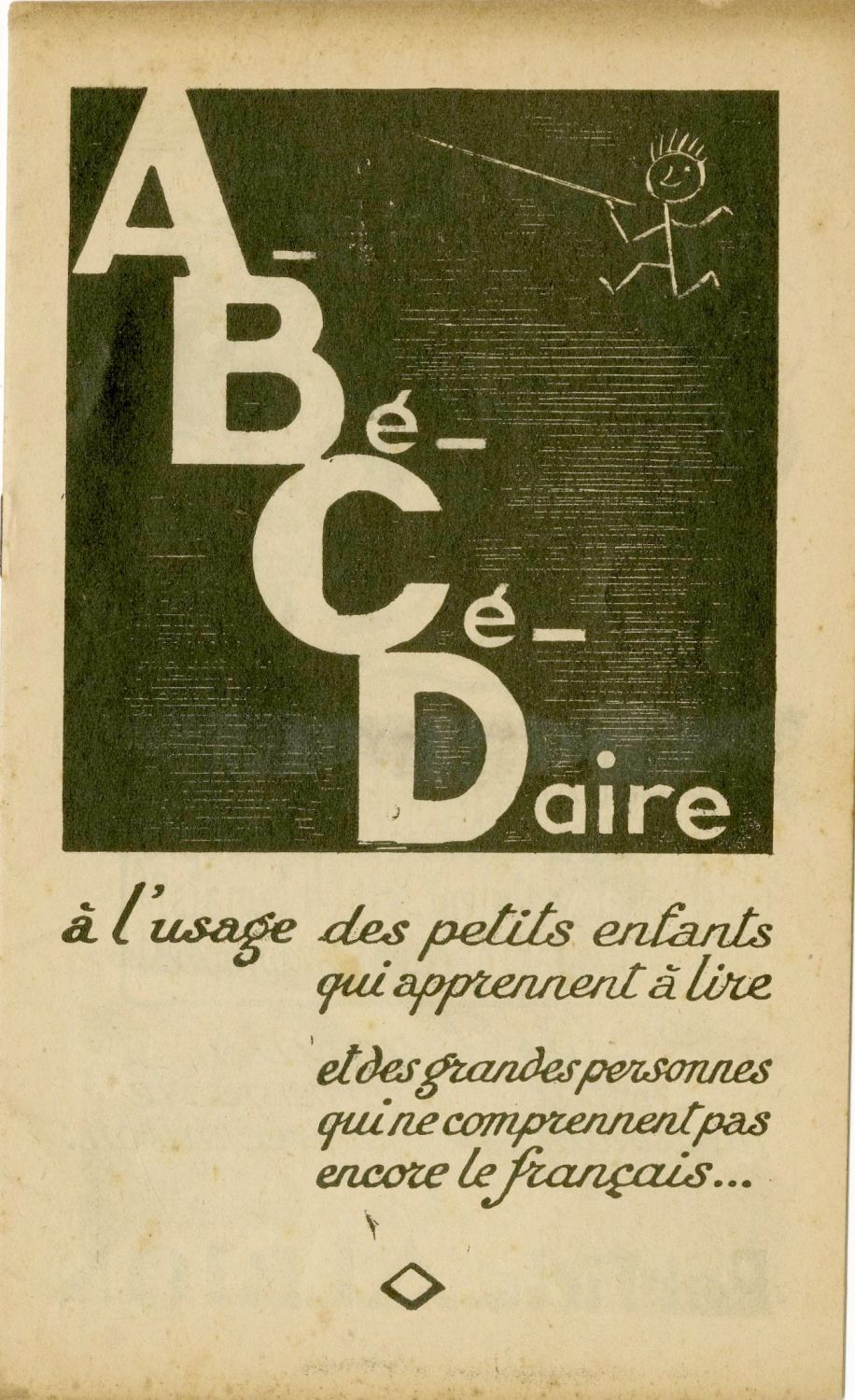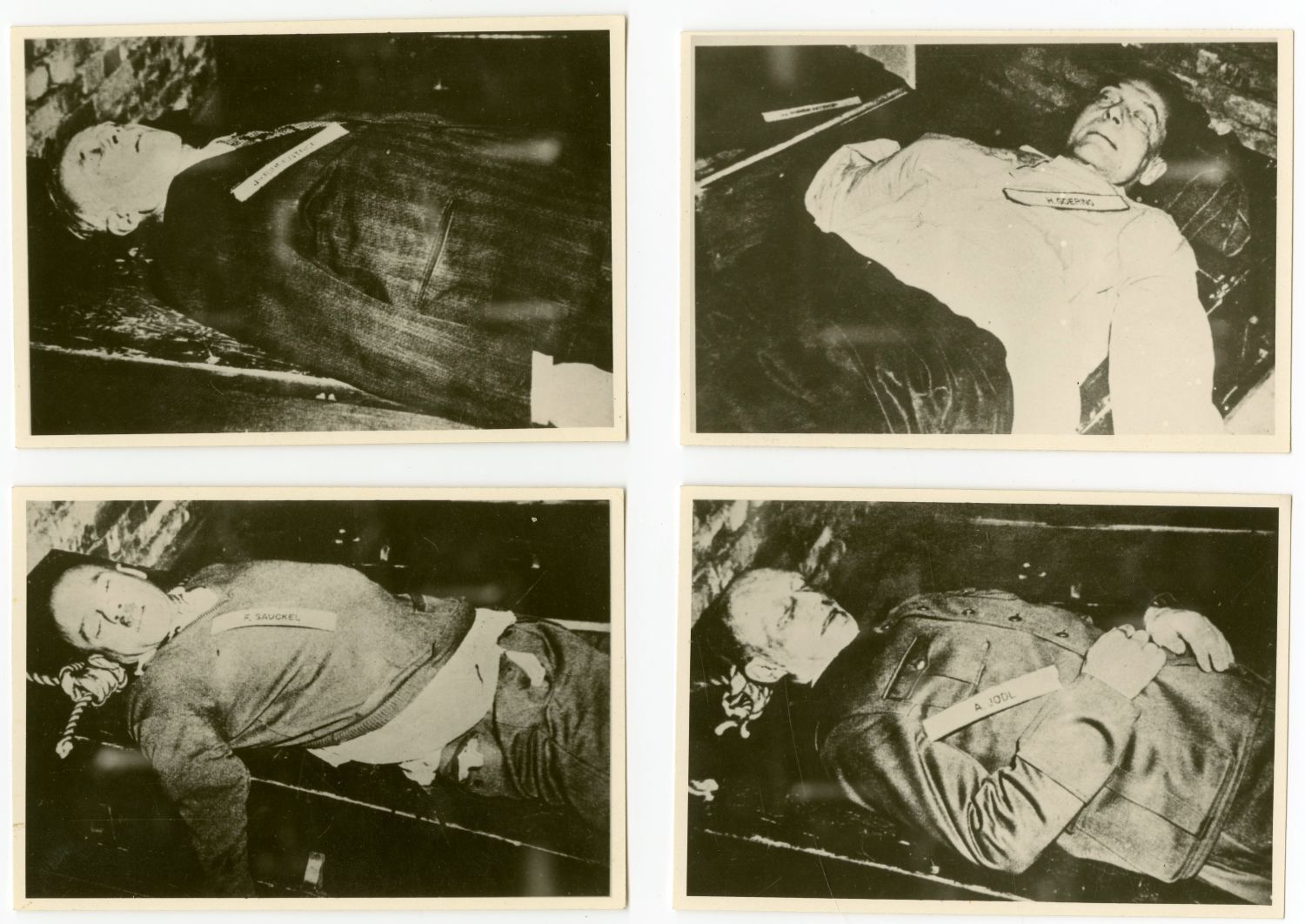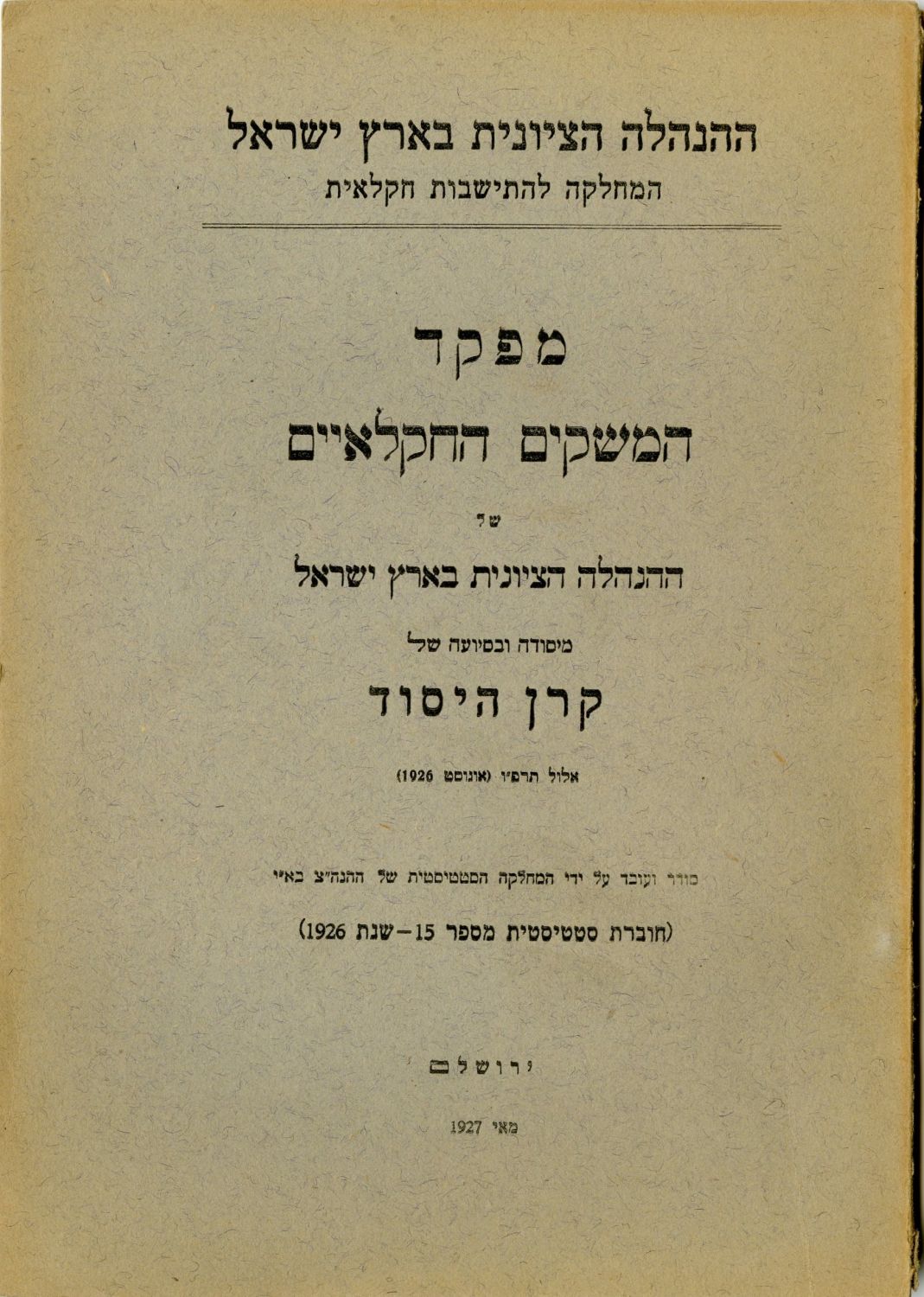NEDERLANDS VERZET TEGEN HITLER - TERREUR EN NAZI- ROOF - "Dutch resistance to Hitler and the Nazi leadership" - an early and rare publication about the persecution of Dutch Jews under the Nazi occupation by J. J. Boolen and Dr. J. C. Van Der Does, Published by D. A. V. I. D., Netherlands 1945 - published even before that the war ended. Dutch. Extremely rare.
A rare publication documenting in detail the persecution of the Jews in the Nazi occupied Netherlands, by two Dutch authors. The two depict the events of the Dutch Jews Holocaust "from the inside", and they describe both the persecution of the Jews, and the persecution of the Dutch population who were suspected of aiding the Jews, as well as the activities of the resistance organizations against the German occupier. Many of the Nazi crimes against the Jews in the Netherlands documented here are not known from any other source, and they were documented first-hand during the war itself!
The two describe how the Jews were harassed in the streets on a daily basis, the Jews were repeatedly taken out of the city train cars, and harassed in the cafes and restaurants. By government order, non-Jewish business owners were forced to hang anti-Semitic signs that read: "Jews are not welcome", the Jews were forbidden to walk on the street after 8 pm, the gardens and public areas were completely closed to Jews. Later on, the two describe the establishment of the Jewish quarter in Amsterdam and the process of extermination, and how the Germans took over the Jewish banks "Lipman" and "Rosenthal" - the Jews were forced to deposit their money and property in these banks with the assurance that no harm would be done to their property in Jewish hands, and then the Germans took over These banks with the Jews' money, which totaled more than a billion dollars. In June 1943, the raids began - the Jews were dragged from their homes in the ghetto, concentrated in the central square and pushed into the trains that took them to the death camps in Poland. Jews who dared to resist were shot on the spot.
Along with the persecution of the Jews in the Netherlands, the two also describe the reaction of the Dutch population actually who supported the Jews. For example, the two write how at the end of 1940 all officials and civil servants were forced to fill out a form in which they declare that they are not of Jewish origin, they did so unwillingly, and when the Jews were forced to walk in the street with yellow patches on their clothes, it repelled the Dutch residents who did not see it favorably. In one of the chapters, the writers extensively describe the resistance of Dutch doctors to collaborating with the Nazis.
A special chapter is dedicated to the activities of the resistance organizations in the Netherlands during the war, documenting non-Jewish Dutch individuals who assisted Jews. Non-Jews who were caught hiding Jews were also taken to extermination camps, yet Jews were concealed by them on farms in remote areas, risking their own lives. The resistance organizations helped Jews obtain forged documents and provided them with money when needed. For example, the Jewish resistance movement, which was sought after by the Gestapo as spies for the Dutch government, facilitated the escape of a jewfish woman beyond the country's borders in a heroic operation. There were resistance groups whose job it was to destroy the Germans' supplies, and others sabotaged the German fuel tanks. In response, the Germans intensified the punishments, and it is reported here that no less than 28,000 non-Jewish Dutch were murdered by the Germans for being resistance fighters.
Another chapter deals with the Germans decrees in the Jewish schools, and how in the non-Jewish schools as well, all textbooks that smelled of resistance to Germany were banned. The Germans would sometimes break into non-Jewish schools to search for even one Jewish student who was known to be studying within the walls of the school.
The internal structure of the "Dutch Gestapo" is described in detail, which was actually the Germans' takeover of the Dutch police itself.
The two also document in their book the takeover by the Germans of the property of Dutch Jews and the "Great Bicycle Robbery". Every citizen who owned a bicycle was forced to hand it over to the Germans - the Dutch themselves, and the Jews in particular. In 1939, some 3,700,000 residents of the Netherlands owned bicycles. On June 20, 1942 The Germans raided the Dutch cities and robbed all the bicycle warehouses. Cyclists were forced to stop on their way through the streets and their bicycles were robbed on the spot. After that the Germans carried out the "radio robbery'. They went from house to house and confiscated radios. In a short time all types of furniture disappeared from the furniture stores Even wood used by the carpenters to make furniture was confiscated. In addition, the Nazis systematically looted art objects, gold and silver jewelry from the homes of the Jews. Securities of Jews were outlawed.
The last chapter deals with the liberation of the Netherlands from the hands of the Germans, and the mass slaughter that the Germans carried out in the streets when they learned of the approach of the Allies. Losing their temper and knowing that the end was near, the Germans shot indiscriminately at Jews and non-Jews. It was absolutely forbidden to go out into the street of a city. Any person who was on the city street was shot on the spot. Masses were forced to come to the front to carry out fortification work under live fire. In order to prevent the Red Cross members from helping the Dutch, the Germans began a systematic murder of the Red Cross members themselves in the Netherlands.
The book was published even before the end of the war and there were still a number of areas in the Netherlands under German occupation, and the authors write: "We know that we will have to go through some difficult things before the liberation of the entire country becomes a fact... but in the end we will defeat the German monster... Woe to Germany who, under the pretense of bringing about a new and better world order, brought chaos to our country... The Dutch people will soon be freed...".
Extremely rare. Does not appear in the world catalog of libraries world cat.
131 [2] p. 20 cm. Spine reinforced with glue. Condition Good - Very Good.














